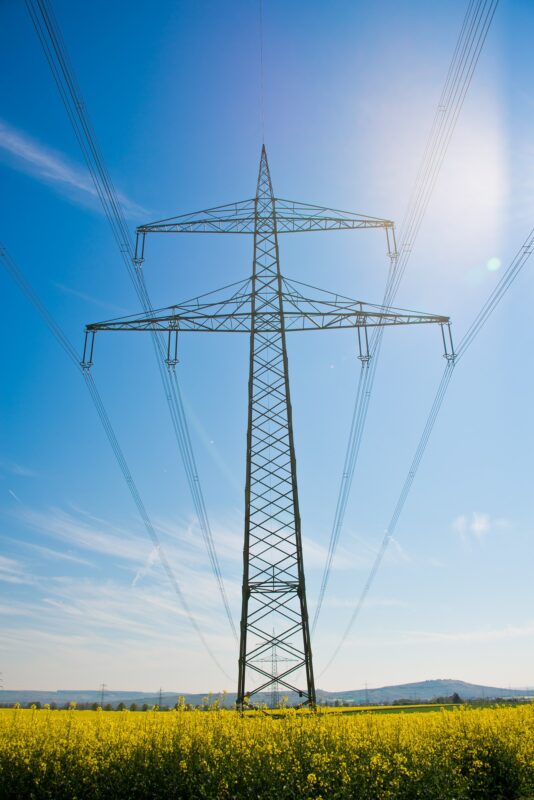Using the Balmorel model, in which each generator/plant is represented with capacity (MW), fuel, efficiency and costs (operating costs and start/stop costs).
Limitations of resources (e.g. biomass) and different geographical conditions (for wind and sunlight especially) can be taken into account. The model makes decisions about investments while fulfilling requirements about CO2, renewable energy, firm capacity and special policies or goals.
The model is designed to work with multiple scenarios, e.g. with more or less renewable energy or with variations of the parameters for electricity demand, fuel prices, CO2 prices etc.
Efficient tools (databases and Excel sheets) have been developed to manage data input and to show results of multiple scenarios.











